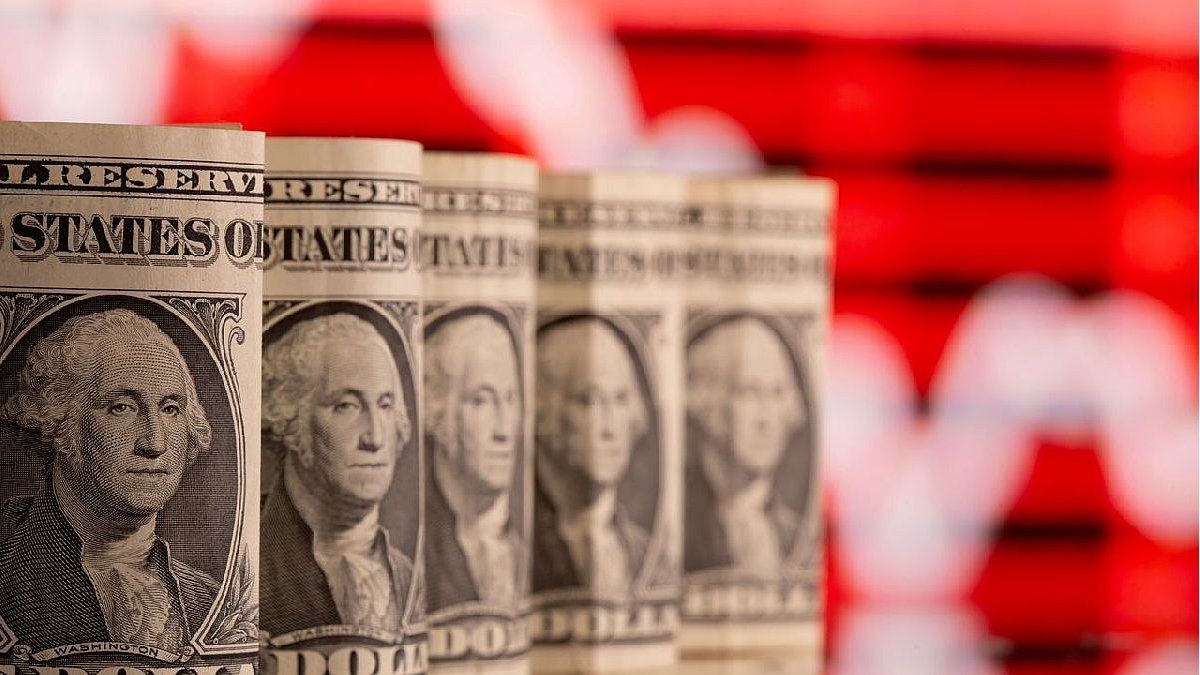After a 2023 marked by a significant nominal lag, after the change of government, a correction in relative prices began to be observed that still continues.
In this context, the first step was the devaluation jump in December, which took the official exchange rate to around 800 pesos, causing a correction in prices throughout the economy and a very high inflationary inertia in the first quarter of the year.
However, the parallel dollar, although it touched 1,240 pesos in January, failed to keep up with the increase in inflation.
Therefore, in the first four months of the year, in terms of nominal variables, we can establish a ranking in which inflation (measured by the CPI) accumulates an increase of 64.4%, the Badlar rate (traditional fixed term) 37.4% , the official dollar 8.14%, and the MEP dollar just 4%.
What can we expect for the next 8 months of the year?
There are two factors to take into account here. On the one hand, historically the first half of the year tends to be more favorable to inflation in nominal terms, while the second semester is usually more favorable for the dollar.
This is due to seasonal issues such as agricultural liquidations and tariff increases, which tend to occur to a greater extent in the first months of the year.
Secondly, we must highlight the predominant role that the rate has had in these months, since the option of carrying out a carry trade was very tempting.
However, with the latest rate drop, the Badlar rate is already around 50% of TNA, approximately 4% per month. This makes fixed-term placement less attractive and increases pressure on parallel exchange rates. In fact, an increase was already observed in the MEP dollar, which went from 990 to 1040.
What financial assets can best protect us from one rise or another?
Starting with inflation, we have the UVA Fixed Term, which adjusts for inflation. However, it is important to note that each bank establishes its own rules, so we can also consider the option of public securities within the CER curve (coefficient that adjusts for inflation).
At the close of 04/30, the TX26, a bond that matures in November 2026, may be a good alternative, since it closed with a real rate of 0%, that is, it pays inflation plus a 0% spread. This rate is attractive given the recent decline in all CER curve rates and helps capture rising inflation directly. These securities are acquired through any broker or stock agent.
On the other hand, if we want to protect ourselves against the increase in the MEP dollar, we can buy the MEP dollar through any stockbroker, or, if we also want to obtain some return with those dollars, we can invest them in negotiable obligations, which are bonds issued by companies, with low risk and an average return of 8 to 9% annually.
In short, the nominal race between inflation and the dollar presents challenges and opportunities for investors. It is essential to understand how these two factors interact in the current economic landscape and how we can protect ourselves and generate some profitability.
Financial Advisor of Cocos Capital.
Source: Ambito
David William is a talented author who has made a name for himself in the world of writing. He is a professional author who writes on a wide range of topics, from general interest to opinion news. David is currently working as a writer at 24 hours worlds where he brings his unique perspective and in-depth research to his articles, making them both informative and engaging.




